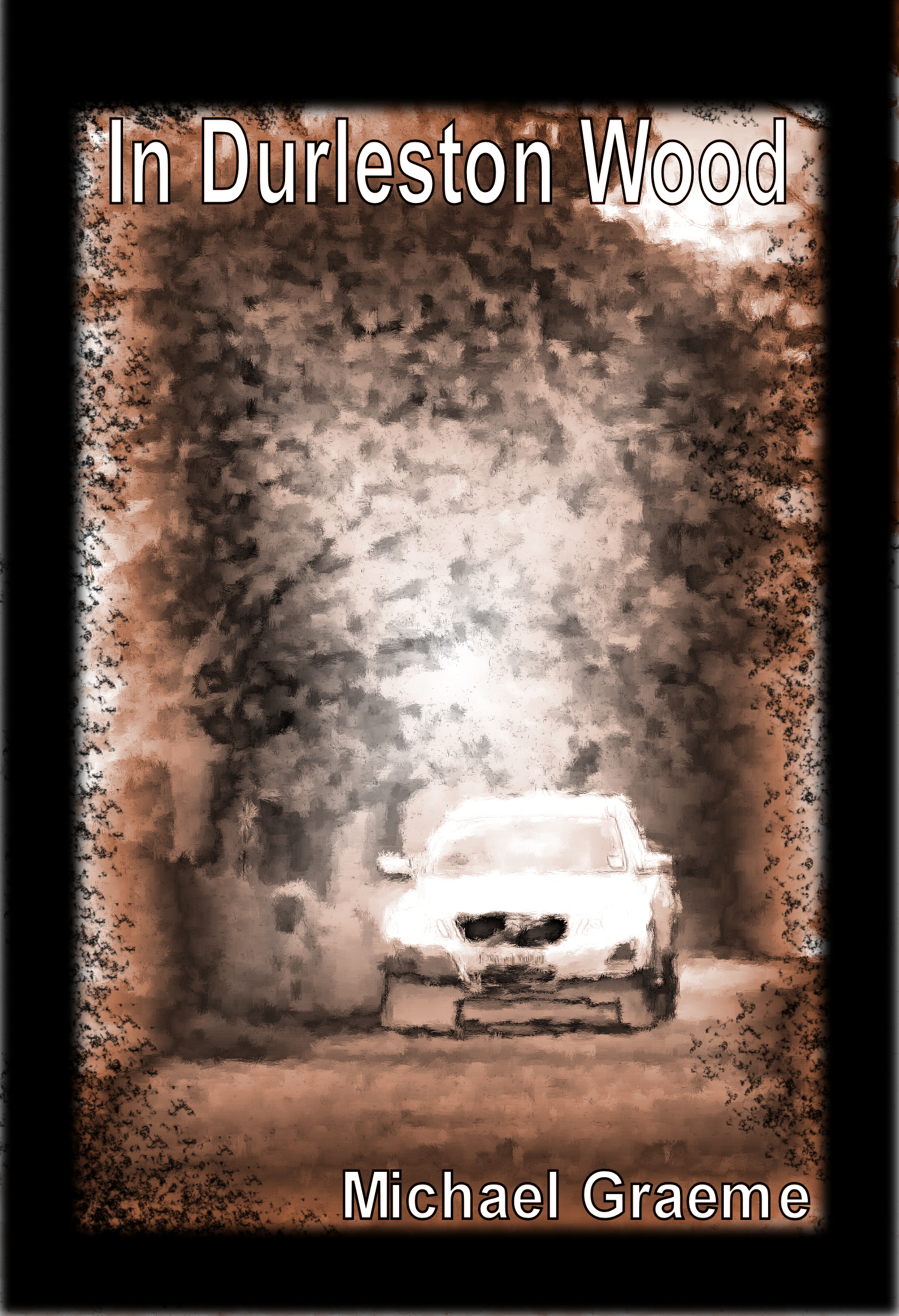 The pink-footed goose spends its summer months in Iceland and Greenland. Then it heads south, mostly to Britain for the winter. For its night-time roosts, it takes to the wide open estuaries and the mudflats of the Ribble and the Solway Firth. Then, by day, it tours en-mass the surrounding farmlands, where it forages among the post-harvest leavings and winter sown crop. Unlike many animal species, the geese are thriving.
The pink-footed goose spends its summer months in Iceland and Greenland. Then it heads south, mostly to Britain for the winter. For its night-time roosts, it takes to the wide open estuaries and the mudflats of the Ribble and the Solway Firth. Then, by day, it tours en-mass the surrounding farmlands, where it forages among the post-harvest leavings and winter sown crop. Unlike many animal species, the geese are thriving.
A few weeks ago, they came to the moss near my home, tens of thousands of them. They were feeding off flood-ruined winter wheat and the small potatoes, abandoned and left afield as a bad job.
The climate has drifted here into a period of parched springs, followed by summers of an extraordinary wet. The water table has risen, and many of the vast growing-fields have become lakes. It was like this in the fourteenth century. The land hereabouts was wetland, and nearby Martin Mere was the biggest lake in England. Like the Norfolk fens, the land was drained to make way for agriculture, and Martin Mere was shrunk to a puddle. But something’s happened in recent years; there is a hint the wetlands are returning.
I have struggled to make friends with these low-lying areas of the Lancashire Plain. As a hill-man, I prefer to seek the perspective of altitude, and my panoramas to be ever-changing. On the moss you can walk for hours and see the same near-identical squares of factory farmed meadow, where the sky is the only dynamic element. But when the geese come, the atmosphere is one of excitement. Thousands of big, noisy birds in a meadow raise a throbbing hum of life, and when they take to the air as one, the scene is breathtaking.
I was lucky our visits coincided that day, and managed a few snatched shots with a long lens. Birding isn’t one of my usual hobbies, so I didn’t know what kind of geese these were. I had to consult my bird-book at home. It was there I also learned the story of their migrations from the far north, of their liking for my part of the world, and how their timing seems to fit into the agricultural cycle of us humans. In a confused post-fact world, it makes a change, being able to discern and explain a pattern of behaviour. But more, it lifts the spirit to partake of the simple miracle of its manifestation.
I’ve walked the moss often since the geese came, hoping I would see them again. There are still plenty of small potatoes in the ground to tempt them back from their roosts. But the wide open spaces have been forlorn in their emptiness, and the ways heavy underfoot with a cloying mud.
Meanwhile, I read we may have a working vaccine by the New Year, and so expect we’ll see also a ramping up of scurrilous disinformation by anti-vaxers. Only humans tie themselves in knots this way. Nature, be it manifest in geese or viruses, doesn’t care about the million shades of nonsense men make up. In nature, you are either a part of the rich diversity of life, or you’re working against it. And nature has a way of dealing with whatever works against it. She bides her time, changes the world on you, and then you’re gone.



















What’s good for the goose is good for the gander.
Was that your new long lens camera?
Yes, it was a second hand 300mm zoom for a camera I usually leave behind, but I’ve been enjoying stalking birds with it. The geese were hard to miss though.
The world is filled with a staggering number of fools of the human variety. Seeing thousands of geese almost makes up for that!
It was certainly uplifting, and humbling.
2 Februarys ago we visited friends on the south coast, “he” is a birder, and the highlight of our walk along the near conurbanated coastline was seeing wave after wave of Brent Geese and being told the story of how they follow the European coast on their way north, and for some reason take a detour across the channel to see the south coast of England, before crossing back over at Dunkirk to continue north.
There was a magical iridescence about them as they flew low, almost skimming the waves, along the beach. It was funny to think that we were out for an afternoon stroll, and they, on the same beach were crossing continents.
That sounds like quite a sight. It makes you feel differently about the world just witnessing something like that – gets you out of the small places your head can sometimes confine itself in.
Thanks for sharing this. I’ve seen them on the farmer’s fields near the Ribble and on the Ribble walking from Hutton to the estuary. Which moss did you see them on?
Hi Lorna, you’re welcome. It was an area called Croston Finney, to the west of Croston Moss, towards the River Douglas.
“scurrilous disinformation by anti-vaxers”?
A million children per year are proven to be harmed by vaccines. Billions of pounds and dollars are paid out by governments each year in paltry compensation for these life destroying injuries and every Pharmaceutical is indemnified from liability
Millions of African women were ‘forcibly’ sterilised by vaccination.
Polio which was almost unknown became rampant in India through vaccination.
No child or adult has been proven to have been saved from any disease by vaccination.
Measles outbreaks where 80% of those infected had been vaccinated.
No scientifically validated double blind test has ever been shown that vaccination works.
And it does not matter, not unless it is your child that has been destroyed by these toxic injections.
Michael you are a wonderful wordsmith.
You weave pictures of beauty.
Please do not wander into areas that you really cannot defend or justify.
Duly chastened, I shall read more of the other side of the argument.
Thank you Michael,
You are a gentleman and a scholar.
Greater praise I cannot bestow.